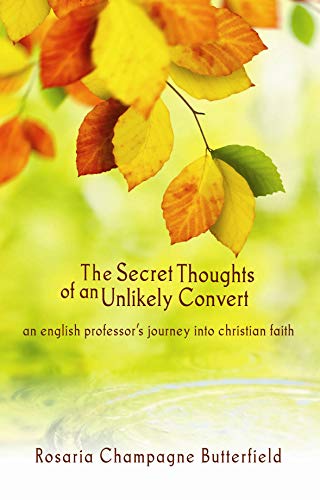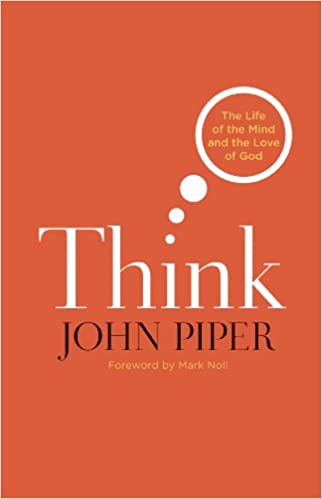In this continuing series, I provide concrete dos and don’ts for a variety of writing and reading practices.
Do THIS: Read things at different speeds.
Not THAT: Assume you can read everything at the same speed.
Explanation: I encourage students to listen to audiobooks while they read. One benefit of audiobooks is that you can adjust the speed. Audible, for instance, now offers you the chance of listening to your book 3.5x the normal speed, with increments of a tenth of a speed.
I shouldn’t assume that I can read everything at the same speed. Faster is great, but faster is not always better. Faster is relative. I do not read Shakespeare the same speed that I read Patti Smith which is not the same speed I read the Bible or a piece of literary criticism or a personal productivity.
The standard reading speed is 250 words per minute. Here are some categories of work I read with the corresponding speed.
- A business book…3x
- Web articles…3x
- A personal productivity book…2.5x
- A typical 20th century novel…2.5x
- A typical 19th century novel…2.0x
- The Bible in a modern translation…2.5x
- Student work…2x
- My own writing…2x
- Classical philosophy….1.5x
- A Shakespeare play…1.5x
- Epic poetry…1.5x
- Continental philosophy…1.25x
If I am reading a difficult article, I try to skim the whole thing faster than I can actually read it just to get a sense of its contours. Then, I go back and read it more slowly. That is, I read the same thing at different speeds.
If something is worth reading well, it’s worth reading more than once. You should use the speed of your reading as a way to figure out if it’s worth reading more than once.




